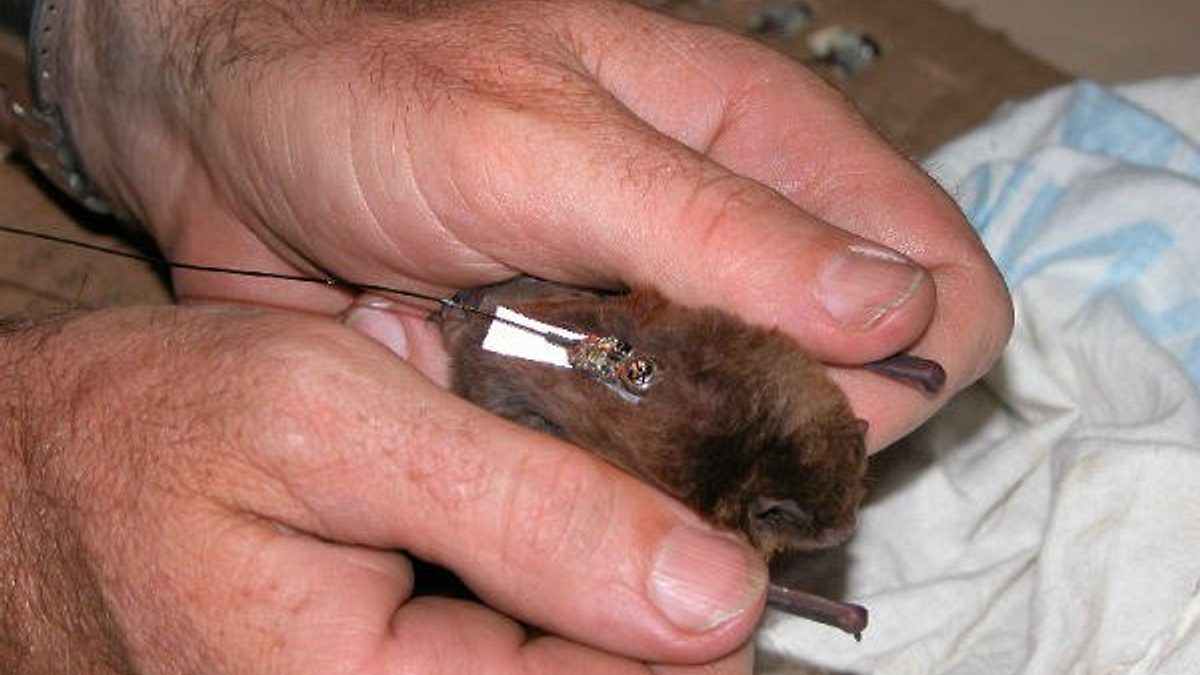Feeding habitat
Knowledge of the feeding habitats of southern bent-wing bats has come from the radio-tracking of animals from Bat Cave. In many cases these projects have involved significant community input (and funding), such as surveys in 2009 which involved teams of volunteers with detectors stationed at various locations around the Naracoorte Caves who communicated with a team flying overhead.
The 2009 and earlier surveys found that swampy wetlands, vineyards and vegetation along the Caves Range are important feeding areas. Few bats were observed using pine plantations or pastures; although they have been tracked flying over these areas. Some amazing observations were made during these studies, including:
- A single bat travelled approximately 15 km from Bat Cave to its feeding grounds over vineyards on consecutive nights (2004 survey).
- Female bats were tracked over 25 kms south of Bat Cave over consecutive nights ( 2009 survey).
- One male was tracked into Victoria over 35 km from Bat Cave. This occurred on multiple nights! (2009 survey).
Further reading
Bourne, S. 2010. Bat research at Naracoorte. The Australasian Bat Society Newsletter34, 24–29.
Grant, C. 2004. Radiotracking of Miniopterus schreibersii at Naracoorte, South Australia. Department for Environment and Heritage, Mount Gambier.
Stratman, B. R, 2005. Comparison of pine plantations and native remnant vegetation as habitat for insectivorous bats in south-eastern South Australia. School of Ecology and Environment, Deakin University.



